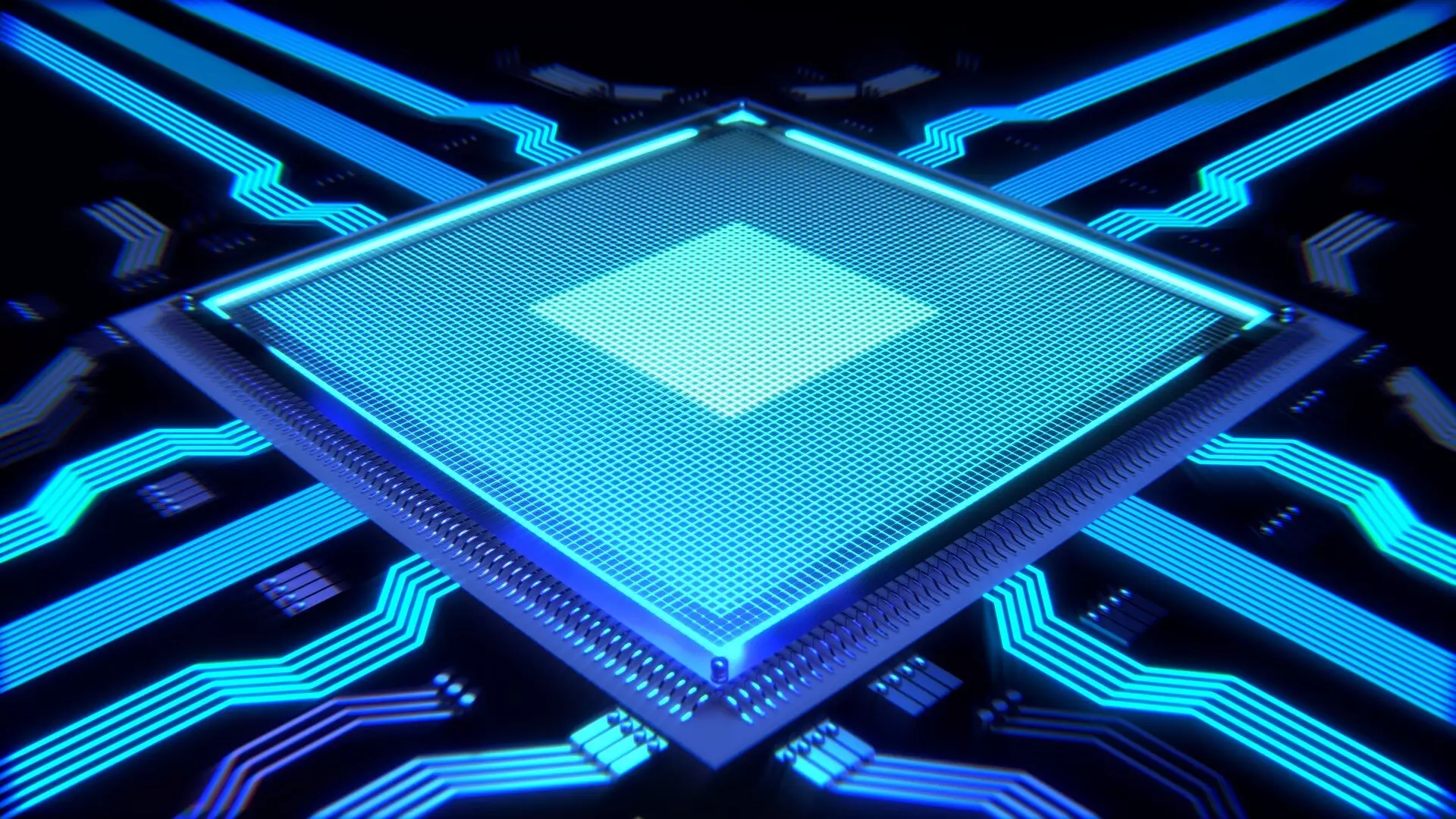University of Pennsylvania engineers have introduced an innovative chip that harnesses light waves to perform complex mathematical calculations crucial for training artificial intelligence (AI) systems. This silicon-photonic (SiPh) chip has the potential to significantly enhance computer processing speed while simultaneously reducing energy consumption. The research team, led by Professor Nader Engheta and Associate Professor Firooz Aflatouni, has successfully combined Engheta’s nanoscale manipulation of materials to compute with light and Aflatouni’s expertise in nanoscale silicon devices to create a groundbreaking design.
From Electricity to Light Waves
The current generation of computer chips relies on electricity as the main medium for calculations. However, the new SiPh chip represents a paradigm shift by utilizing light as the means of communication. Light waves are the fastest mode of transmitting information, surpassing the limitations of traditional electrical chips dating back to the 1960s. By leveraging the properties of light, the researchers aim to develop computers with capabilities surpassing those of current technology.
To achieve this, Engheta and Aflatouni focused on vector-matrix multiplication, a fundamental mathematical operation employed in the development and functioning of neural networks. The SiPh chip’s design involves incorporating precise variations in the height of a silicon wafer, reducing it to around 150 nanometers in specific areas. Through these variations, light scatters in controlled patterns, enabling the chip to perform mathematical calculations at the speed of light. This breakthrough has the potential to revolutionize AI, as it can significantly accelerate the training and classification processes.
Commercial Applications and Future Prospects
Due to the constraints imposed by the commercial foundry that produced the chips, the SiPh design is already suitable for commercial applications and has the potential for integration into graphics processing units (GPUs). Given the increasing demand for AI systems, GPUs could greatly benefit from the SiPh platform’s capabilities. By incorporating this technology, GPUs could experience enhanced speed and efficiency, further advancing the development of AI.
In addition to its remarkable computational advantages, Engheta and Aflatouni’s chip offers significant privacy benefits. Since multiple computations can occur simultaneously, there is no need to store sensitive information in a computer’s working memory. This attribute renders a future computer powered by such technology virtually unhackable, as there would be no memory access points for potential intruders. With data breaches and cyber threats becoming increasingly prevalent, the development of this chip presents an immense opportunity to bolster cybersecurity.
Collaborative Efforts and Future Research
Engheta and Aflatouni collaborated not only to combine their respective research areas but also to leverage the potential of nanoscale silicon devices. This fruitful partnership has resulted in the creation of a cutting-edge chip that uses light waves for advanced calculations. The researchers, along with co-authors Vahid Nikkhah, Ali Pirmoradi, Farshid Ashtiani, and Brian Edwards, are paving the way for further exploration in this field. Future studies may explore the wide-ranging applications of light-based computing, from AI to cybersecurity and beyond.
The development of a chip that harnesses light waves for computational tasks marks a significant advancement in the field of computing. With the potential to drastically expedite processing speed and reduce energy consumption, the SiPh chip holds enormous promise for future technological advancements. Moreover, its ability to enhance privacy and security offers a compelling solution to address the growing threat landscape. Collaborative research efforts and the convergence of diverse expertise in materials manipulation and nanoscale devices lay the foundation for further groundbreaking innovations in light-based computing.



Leave a Reply